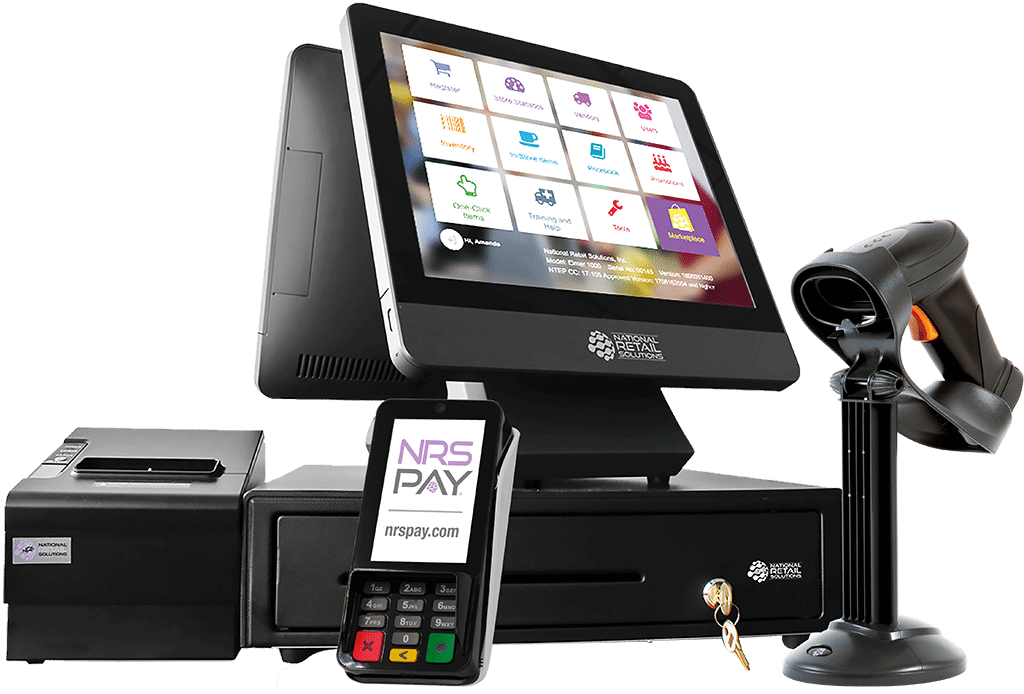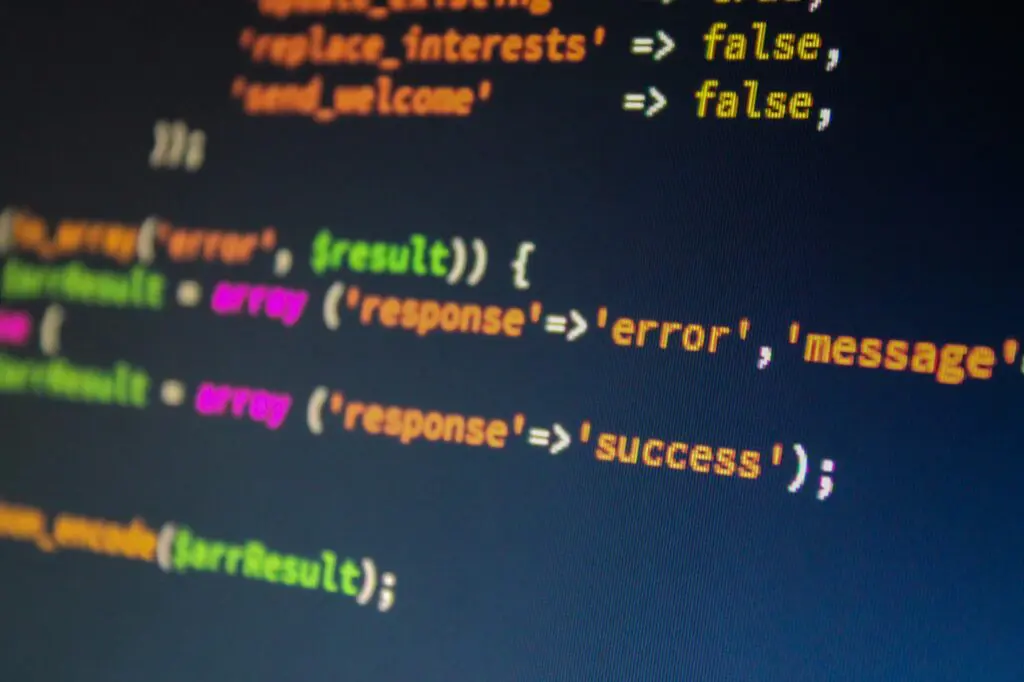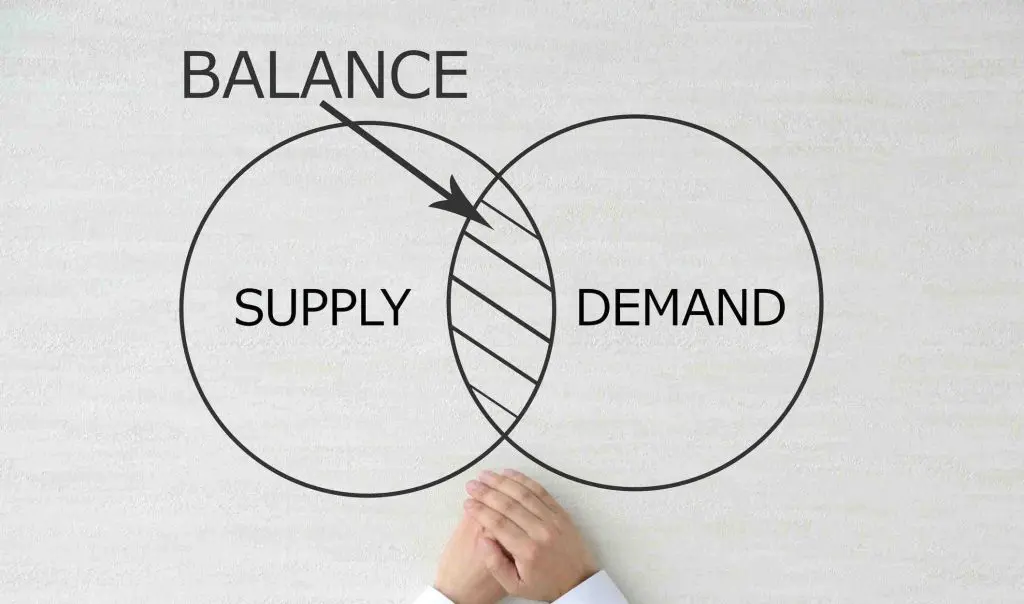For any modern business, the ability to predict the future isn’t magic—it’s a critical discipline known as forecasting. At the heart of this discipline lies a simple question: How good are our predictions? The answer is found in forecast accuracy, the measure of how close your forecasted numbers are to the actual, real-world outcome. High accuracy enables smarter, more profitable decisions across inventory, finance, and operations. Low accuracy, on the other hand, leads directly to waste, frustrated customers, and lost opportunities. This guide provides a complete overview of how to measure, understand, and systematically improve your forecast accuracy.
What Is Forecast Accuracy and Why Is It a Business Imperative?
Forecast accuracy is the degree to which a forecast aligns with the actual result. It’s not just an academic exercise for data scientists; it’s a vital business tool with direct and significant financial implications. A good forecast acts as a compass for the entire organization, and its importance echoes through every department.
Its most obvious impact is on the supply chain and inventory. Inventory accuracy and forecast accuracy are closely linked—without accurate stock data, even the most advanced forecasting model will miss the mark. An accurate demand forecast prevents the twin evils of stockouts (which lead to lost sales) and overstocking (which ties up cash and increases carrying costs). It helps you align what you have with what your customers actually want.
This flows directly into financial planning. When you can reliably predict sales, you can create more dependable budgets, set realistic revenue projections, and manage cash flow with confidence. In operations and staffing, accurate forecasts help you plan production schedules and ensure you have the right number of staff on hand to meet anticipated demand without being overstaffed during slow periods. And on a higher level, it provides a solid foundation for strategic decision-making. Whether you’re considering entering a new market, launching a new product, or making a major capital investment, a trustworthy forecast is an indispensable part of your business case.
Forecast accuracy is the degree to which a forecast aligns with the actual outcome. It evaluates how well your forecasting model predicts real demand, and it’s used across demand planning, sales forecasting, financial forecasting, and supply chain operations.
Why Do We Measure Forecast Accuracy?
By comparing the predicted values with the actual outcomes, forecast accuracy provides insights into the quality of the forecasts and the level of confidence that can be placed in them. By regularly assessing and improving forecast accuracy, businesses can enhance their planning processes, optimise resource allocation, and make more informed and strategic decisions.
1. Reduced Costs
Through avoiding excessive stockpiling or shortage situations, forecast accuracy allows for better monetary management and cost savings. With reliable forecasts and aligning their production and procurement activities with a more accurate expected demand, forecast accuracy helps companies minimize holding costs, obsolescence, and carrying costs associated with over and under-stockings, resulting in reduced costs.
2. Improved Customer Satisfaction
Accurate forecasts play a crucial role in ensuring product availability and meeting customer demands. Accurate predictions of customer needs and demands allow for better resource management, which helps in avoiding stock-outs, and better planning of production and supply chain activities. Customers are taught to rely on receiving their products in a timely manner, fostering positive experiences and long-term loyalty.
3. Effective Inventory Management, Resource Allocation, and Production Planning
Forecast accuracy directly impacts inventory management by providing insights into the expected demand for products or services. Accurate forecasts help in efficient resource allocation, by aligning production, labour, and procurement activities with the projected demand. The predicted inventory levels furthermore dictate how each resource will be used and in which quantities. Additionally, precise forecasts aid in effective production planning, allowing businesses to streamline their operations, avoid bottlenecks, and meet customer demands efficiently.
How to Measure Forecast Accuracy: The Key Metrics and Formulas
You can’t improve what you don’t measure. Increasing forecast accuracy usually means minimizing prediction error. This is evaluated using several standard metrics, each of which reveals a different aspect of performance.
Mean Absolute Error (MAE)
MAE measures the average absolute difference between your forecasted values and the actual outcomes, regardless of whether the error is positive or negative. Because it’s expressed in the same units as your data (dollars, units, etc.), it provides a clear, real-world sense of how far off your forecast is on average. In simple terms, it answers: “On a typical day, how many units were we off by?”
MAE is calculated by summing the absolute differences between the forecast and actual values, then dividing by the sample size.
MAE = (1 / n) × Σ |Actual – Forecast|
Mean Squared Error (MSE)
MSE is widely used in forecasting as it gives more weight to outliers and larger errors, making it useful when significant errors should be penalized more heavily.
MSE = (1 / n) × Σ |Actual – Forecast| ^ 2
Root Mean Squared Error (RMSE)
RMSE is a bit like MAE, but with a crucial difference. It squares the errors before averaging them and then takes the square root. What this does is penalize large errors much more heavily than small ones. Think of it like a teacher who gives you an F for one huge mistake rather than a C for several small ones. RMSE is particularly useful in situations where a big miss is exceptionally costly and needs to be avoided at all costs.
RMSE = √( (1 / n) × Σ |Actual – Forecast| ^ 2)
Mean Absolute Percentage Error (MAPE)
MAPE expresses forecast errors as a percentage of the actual values, making it one of the most popular and intuitive accuracy metrics. By measuring the average error in percentage terms, it provides a clear sense of how large the forecast errors are relative to the scale of the actual values. This makes MAPE especially useful in demand forecasting and other situations where percentage-based accuracy is easier to understand and communicate—for example, saying “our forecast was off by 10%.”
MAPE’s main limitation is that it breaks down mathematically when any actual value is zero, since the formula divides by the actual value.
MAPE = (100 / n) × Σ |Actual – Forecast| / Actual
A key limitation of MAPE is that it cannot be calculated when the actual value is zero, since the formula divides by the actual. In these cases, Intuendi’s data science team defaults to Mean Absolute Error (MAE) instead, which measures the absolute difference between forecast and actual without requiring division. This ensures accuracy can still be evaluated even for low-volume or intermittent-demand items.
Forecast Bias (Tracking Signal)
Bias doesn’t measure how big the error is, but rather its consistent direction. It answers the critical question: “Are we constantly forecasting too high, or constantly forecasting too low?” A forecast can be relatively accurate on average but have a strong bias.
For instance, by considering the MAE as a base metric, if we had a bias, it means that one of the following error metrics is much greater than the other:
MAE+ = (1 / n) × Σ MAX(Forecast-Actual, 0)
MAE- = (1 / n) × Σ MAX(Actual-Forecast, 0)
Particularly, the two metrics measure how much we are overestimating and underestimating, respectively.
A persistent bias is a red flag that signals a systemic problem in your forecasting model or process that needs to be investigated and fixed.
What Is a Good Forecast Accuracy Percentage?
While the goal is always having 100% (no prediction errors are made), this can easily be seen as far out of reach. It is thus widely suggested that any absolute percentage error around 30% means having a good forecast accuracy. However, this benchmark does have certain factors affecting it, such as industry and demand. Different industries have different demand volatility and complexity. In the finance sector, benchmarks are typically driven by the need for reliable long-term financial projections, thus allowing for a more lenient deviation, between 10 and 15%. However, in retail, where customer demand is constantly changing within a more competitive landscape, the margin for error can be more stringent, at least for best-selling items. Supply-chain, on the other hand, is encompassing multiple industries, thus calling for their benchmarks to be set on industry-specific best practices, historical performance, on-time delivery, fill rate, and inventory turnover.
Key Factors That Influence Forecast Accuracy
Forecast accuracy is the output of a complex system, and many variables can influence the result. Understanding these factors is the first step toward controlling them.
- Data Quality and History: This is the foundation of everything. The accuracy, completeness, and length of your historical data are paramount. “Garbage in, garbage out” is the oldest rule in forecasting for a reason.
- Forecast Horizon: The further out you try to predict, the harder it gets. Short-term forecasts (next week, next month) are almost always more accurate than long-term ones (next year, five years out).
- Product and Market Volatility: A stable, mature market for a staple product is far easier to forecast than a volatile, trend-driven market for a new fashion item.
- Seasonality and Trends: The presence of clear, repeatable patterns in your data, like higher sales during holidays or a steady upward trend, can be modeled to improve accuracy.
- External Events: These are the wild cards. Economic shifts, unexpected competitor actions, supply chain disruptions, or global events (the so-called “black swan” events) can throw even the best forecasts off course.
How to Improve Forecast Accuracy
Boosting your forecast accuracy is an ongoing process of refinement, not a one-time fix. These strategies work together to build a more robust and reliable forecasting system.
1. Enhance Data Quality and Management
Everything starts with the data. Establish clear processes for data collection, cleansing (which means fixing errors and removing strange outliers), and proper storage. Moving away from siloed spreadsheets into a centralized database or system is a critical step toward creating a single source of truth for your forecasting efforts.
2. Select the Appropriate Forecasting Model
There is no “best” forecasting model—only the best model for your specific situation. There are many categories, from simple time-series models that are great for products with a stable history, to causal models that can incorporate factors like marketing promotions, to advanced AI and machine learning models that can detect incredibly complex patterns. The key is to match the model to your data’s characteristics and your business context.
3. Establish a Continuous Review and Feedback Loop
Forecasting should be a cycle, not a straight line. A forecast is made, it’s measured against the actual results, and the learnings from any errors are used to refine the model for the next forecast period. This process of continuous monitoring, measuring, and adjusting is absolutely crucial for long-term improvement.
4. Foster Cross-Functional Collaboration
The numbers tell part of the story, but the people on the ground tell the rest. The best forecasting processes incorporate qualitative insights from teams across the business. This concept, sometimes called collaborative forecasting, brings in feedback from sales (who hear directly from customers), marketing (who know about upcoming promotions), and finance (who can provide context on budgets and strategy).
Common Pitfalls and How to Set Realistic Expectations
Many forecasting initiatives are undermined by a few common mistakes, like relying too heavily on gut feelings, using inappropriate tools (like a basic spreadsheet for a highly complex business), or ignoring the inherent biases we all have.
Perhaps the biggest pitfall, however, is setting unrealistic expectations. A question I hear all the time is, “What is a good forecast accuracy?” The truth is, there is no universal number. A “good” rate is highly dependent on your industry, your product’s lifecycle, and your forecast horizon. For a stable consumer good forecasted one month out, 95% might be achievable (5% of MAPE). For a trendy fashion item forecasted six months out, 70% might be considered excellent (30% of MAPE). It’s all relative.
The Continuous Journey Toward Better Predictions
In conclusion, forecast accuracy is a vital business capability that must be actively measured, managed, and improved. It’s not something you set and forget. Real improvement comes from a disciplined approach that combines high-quality data, the right analytical models, and collaborative human insight. The continuous pursuit of better forecast accuracy isn’t a quest for perfection—that’s impossible. Instead, it’s a powerful strategy for building a more agile, efficient, and ultimately more profitable organization.






